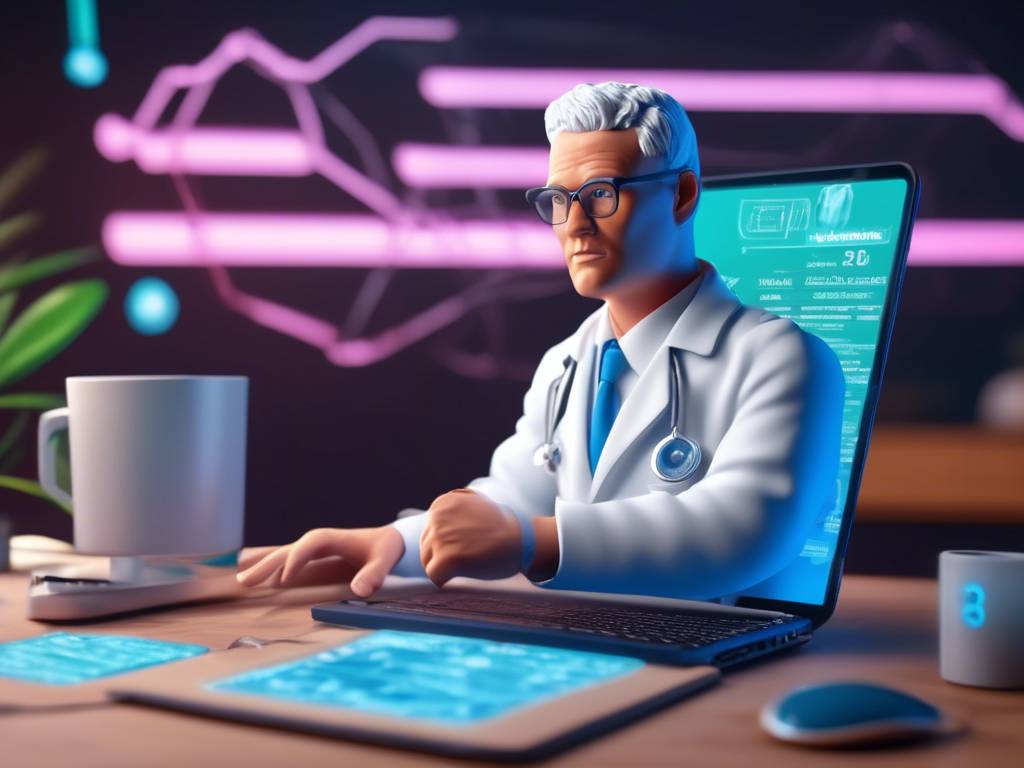Exploring Microsoft Recall and Its Implications on Privacy and Security
Microsoft recently unveiled its new Recall feature that promises to revolutionize the way users interact with their computers. The feature, powered by AI, allows Copilot-enabled devices to capture and remember everything displayed on screen for later retrieval. While this innovation has garnered excitement in certain circles, it has also raised red flags among cybersecurity and privacy experts.
Concerns from Cybersecurity Experts
- Microsoft Recall compiles indexed snapshots of all on-screen content, including sensitive information like emails and passwords.
- Security professionals have labeled Recall as potential spyware that could attract cybercriminals seeking to exploit its data collection capabilities.
Industry Reactions to Microsoft’s Announcement
- Experts like Geometric Intelligence’s Gary Marcus have expressed concerns about the privacy implications of Recall.
- Some have criticized the feature as invasive, with Linus Tech Tips contributor Emily Young calling it out as a form of unwanted surveillance.
The Debate Around Recall’s Functionality
- While Recall promises enhanced search capabilities akin to search engines, it raises questions about data privacy and security.
- Cybersecurity professionals emphasize the importance of securely storing Recall data and limiting access to prevent potential misuse or data breaches.
Call for Transparency and Accountability
- Privacy advocate and cybersecurity expert Katelyn Bowden stresses the need for transparency in how AI tools like Recall handle user data.
- Bowden, a member of the Cult of the Dead Cow, emphasizes that clear information regarding data training and model usage is essential for user trust.
Hot Take: Ensuring Data Security in the Age of AI
As the use of AI-driven technologies like Microsoft Recall becomes more prevalent, safeguarding user data and ensuring transparency in data handling processes are critical steps towards maintaining privacy and security in the digital landscape.
Sources:





 By
By
 By
By

 By
By
